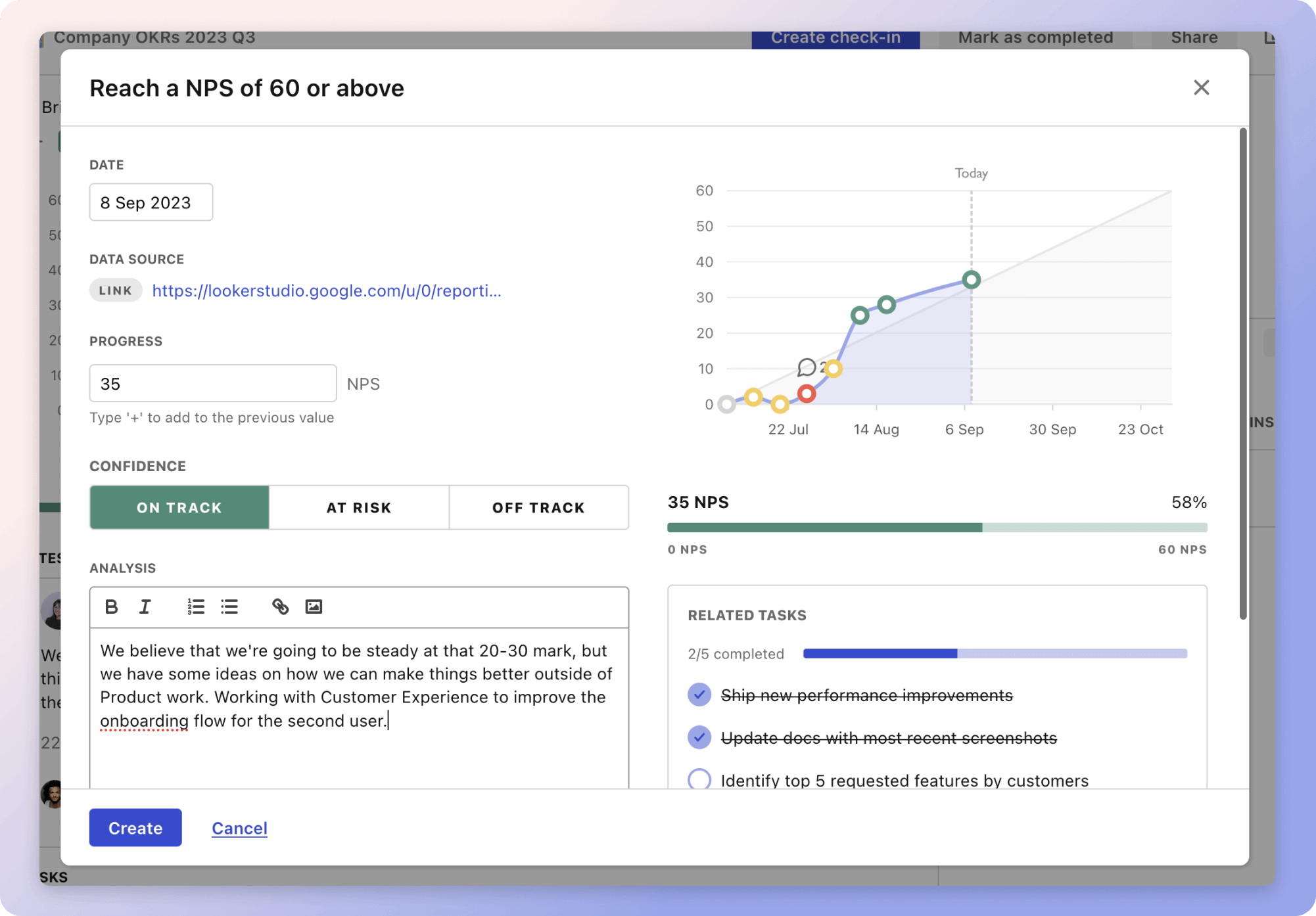Creating a detailed project blueprint is essential for aligning client expectations with development outcomes while minimizing risks. Start by conducting thorough requirement gathering. Engage stakeholders through interviews and workshops, and disseminate questionnaires to capture client expectations. For example, analyzing competitors' projects can unveil industry standards, which can inform better project planning. Collect and document these findings comprehensively and seek client approval to ensure alignment.
After gathering requirements, develop a robust project plan. Clearly define the project's scope, objectives, and key milestones. Allocate resources and responsibilities judiciously, and establish a realistic timeline to ensure smooth execution. Implementing a communication plan for regular client updates keeps everyone informed and bridges any gaps that might occur.
Implement effective risk management by identifying potential risks through workshops and categorizing them according to likelihood and impact. Develop a proactive risk management plan, and ensure regular updates and training sessions to keep the team prepared. Integration of contingency plans for high-priority risks ensures the project remains on course, even when challenges arise.
The strategies
⛳️ Strategy 1: Conduct thorough requirement gathering
- Interview stakeholders to understand project requirements
- Distribute questionnaires to collect client expectations
- Organise workshops with clients to discuss project needs
- Analyse competitors’ projects to identify industry standards
- Document all collected requirements comprehensively
- Seek client approval on documented requirements
- Create user stories to illustrate client needs
- Create a requirements traceability matrix
- Revise requirements based on client feedback
- Ensure all team members review and understand the requirements
⛳️ Strategy 2: Develop a robust project plan
- Define the project scope and objectives clearly
- Identify key milestones and deliverables
- Allocate resources and assign responsibilities to team members
- Establish a detailed project timeline with deadlines
- Assess potential risks and develop mitigation plans
- Set up a communication plan for regular client updates
- Ensure budget estimates are realistic and approved by stakeholders
- Choose project management tools for tracking progress
- Plan for quality assurance at each project stage
- Schedule regular project review meetings with stakeholders
⛳️ Strategy 3: Implement effective risk management
- Conduct a risk assessment workshop with stakeholders
- Identify and categorise potential project risks
- Develop a risk management plan outlining strategies and actions
- Assign responsibilities for monitoring specific risks
- Include risk management in regular project updates
- Prioritise risks based on their likelihood and impact
- Amend the project plan based on evolving risks
- Conduct periodic risk management training for the team
- Create contingency plans for high-priority risks
- Regularly review and update the risk management plan
Bringing accountability to your strategy
It's one thing to have a plan, it's another to stick to it. We hope that the examples above will help you get started with your own strategy, but we also know that it's easy to get lost in the day-to-day effort.
That's why we built Tability: to help you track your progress, keep your team aligned, and make sure you're always moving in the right direction.

Give it a try and see how it can help you bring accountability to your strategy.
